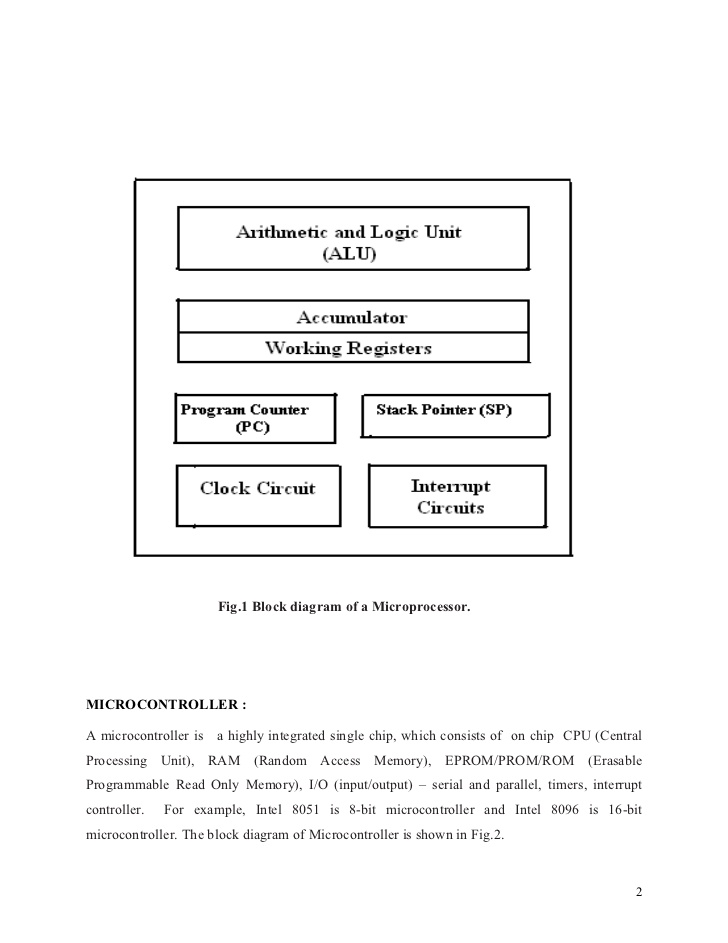
These variables include, building material of the envelope, thicknesses of the building materials, day of the year, time of day, orientation of the surface (e.g. The data is divided into many different sections based on many different variables.

ASHRAE HANDBOOK ASHRAE GRP 158 Fundamentals Equipment HVAC Systems and Applications Cooling and Heating Load Calculation Manual. ASHRAE Cooling and Heating Load Calculation Manual ASHRAE GRP 158 2. Application The CLTD/CLF/SCL method uses predetermined set of data to expedite and simplify the process of cooling/heating load approximation.ĪIRCONDITIONING Cooling Loads Calculations.


The advancements in each of these areas inspired a revision/compilation effort, and in 1993 the CLTD/CLF/SCL method was succinctly compiled by Spitler, McQuiston, and Lindsey. Additional research in and appliance heat gain with respect to CLTD data was also completed shortly after the original publication of the method. Additionally, a weighting factor database was generated to help correct for previous inaccuracies. In 1988 Research Project 472 worked to correct these oversights with the introduction of a classification system for walls, roofs, and zones. Research completed in 1984 revealed some factors which were not accounted for in the original publication of the method these findings were a result of the research project 359. History After its introduction in the 1979 handbook, research continued on increasing the accuracy of the CLTD/CLF method.

This method was developed as a simpler calculation alternative to difficult and unwieldy calculation methods such as the transfer function method and the method.Įrror when using the CLTD/CLF/SCL method tends to be less than twenty percent over and less than ten percent under. CLTD/CLF/SCL cooling load calculation method The CLTD/CLF/SCL (cooling load temperature difference/cooling load factor/solar cooling load factor) calculation method was first introduced in the 1979 Cooling and Heating Load Manual (GRP-158) The CLTD/CLF/SCL Method is regarded as a reasonably accurate approximation of the total heat gains through a building envelope for the purposes of sizing equipment.Cooling And Heating Load Calculation Manual.


 0 kommentar(er)
0 kommentar(er)
